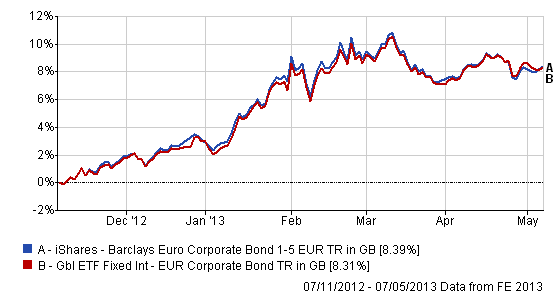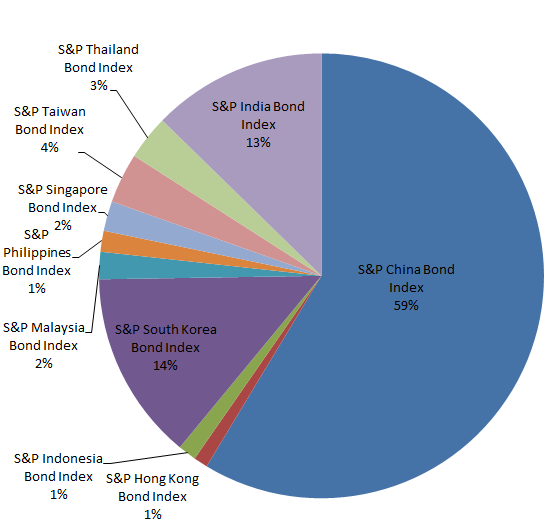Understanding the Performance of Corporate Bonds
Post on: 28 Март, 2015 No Comment

Three Factors that Drive the Returns of Corporate Bonds
You can opt-out at any time.
Corporate bonds can be a source of compelling opportunities for many investors, since they typically offer yields greater than those available on U.S. Treasuries. The reason for this is simple: since corporations are seen as being more likely than the government to default on the payment of interest or principal, they must compensate investors with a higher yield. Many fixed-income investors therefore hold a position in corporate bonds. either directly or through mutual funds or exchange-traded funds. But what are the drivers of corporate bonds’ performance – and by extension, the value of investors’ portfolios – on a day-to-day basis? Three factors stand out as being the most important:
Prevailing Interest Rates
Since corporate bonds are priced on their “yield spread ” versus U.S. Treasuries – or in other words, the yield advantage they provide relative to government bonds – movements in government bond yields have a direct impact on the yields of corporate issues.
As an example, Acme Corp. issues a bond at 5% when the 10-year Treasury is at 3% — a yield advantage of one percentage point. In theory, if the yield on the Treasury falls to 2.5%, the yield on the corporate bond would fall to 4.5% (all else being equal). Keep in mind, prices and yields move in opposite directions .
The Financial Health of the Issuing Corporation
The higher the risk of an underlying security, the higher the yield it will typically have. As a result, the changes in a company’s financial health will affect the prices of its corporate debt. For example, Acme Corp. reports record profits and shows an increased amount of cash on its balance sheet. Investors will feel more comfortable owning that bond, and will therefore not require as high of a yield to hold it in their portfolios. The result: falling yields and rising prices.
Conversely, a business slowdown causes another company to report a loss in a quarter. Investors, concerned that the company will need to burn through cash to maintain its operations, grow more worried about the company’s financial health. Just as such a development would cause the company’s stock price to fall, so too will it lead to lower bond prices (and higher yields). Why? Very simply, because weak business trends and a lower cash balance increases the chance – however slightly – that the company could default on its debt. And as risk goes up, so do yields. This type of risk is known as credit risk .
Corporate bonds are also receive credit ratings from major agencies such as Standard & Poor’s based on their financial health and their ability to pay their debts. The agencies can upgrade or downgrade a company’s rating, which will typically cause the company’s bond prices to react when the news is released.
Investors’ Overall Perception of Risk in the Global Markets

Corporate bonds’ performance is sometimes affected by issues having nothing to do with the issuing companies, but rather investors’ few of the broader investment environment.
When the headlines are positive, investors grow more comfortable looking for opportunities in higher-risk investments. Elevated optimism typically causes money to flow out of Treasuries and other “safe havens ” and into investments, such as corporates, that offer higher yields.
On the other hand, disruptive events in the global economy cause investors to become more averse to holding anything seen as being higher-risk in nature. During these times, investors typically flee to the safety of U.S. Treasuries and sell some or all of their investments in riskier market segments, including corporate bonds. On such occasions, lower-quality corporate issues are typically hit the hardest relative to their higher-quality counterparts.
Putting it All Together
It’s important to keep in mind that more often than not, all three factors are at work simultaneously. This is particularly true for a corporate bond mutual fund or ETF, where the impact of changes in the underlying financial strength of a single company is difficult to discern. Still, understanding these three issues can provide a better understanding as to the factors that drive the performance of corporate bonds.














